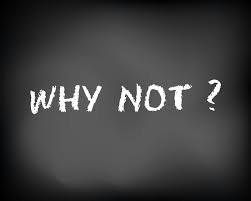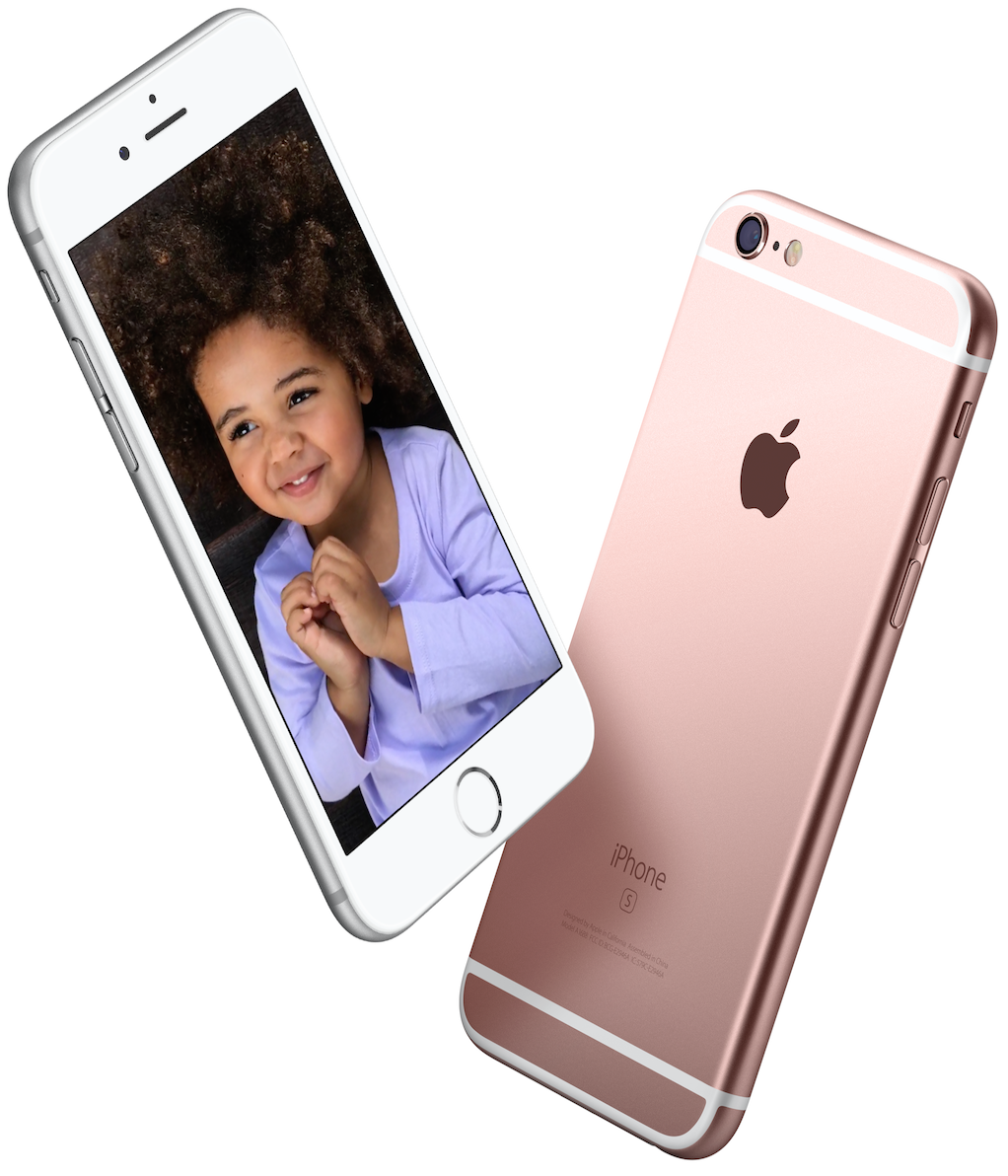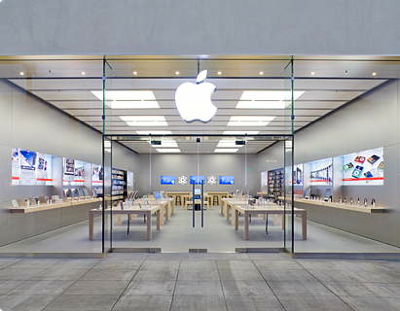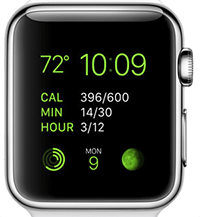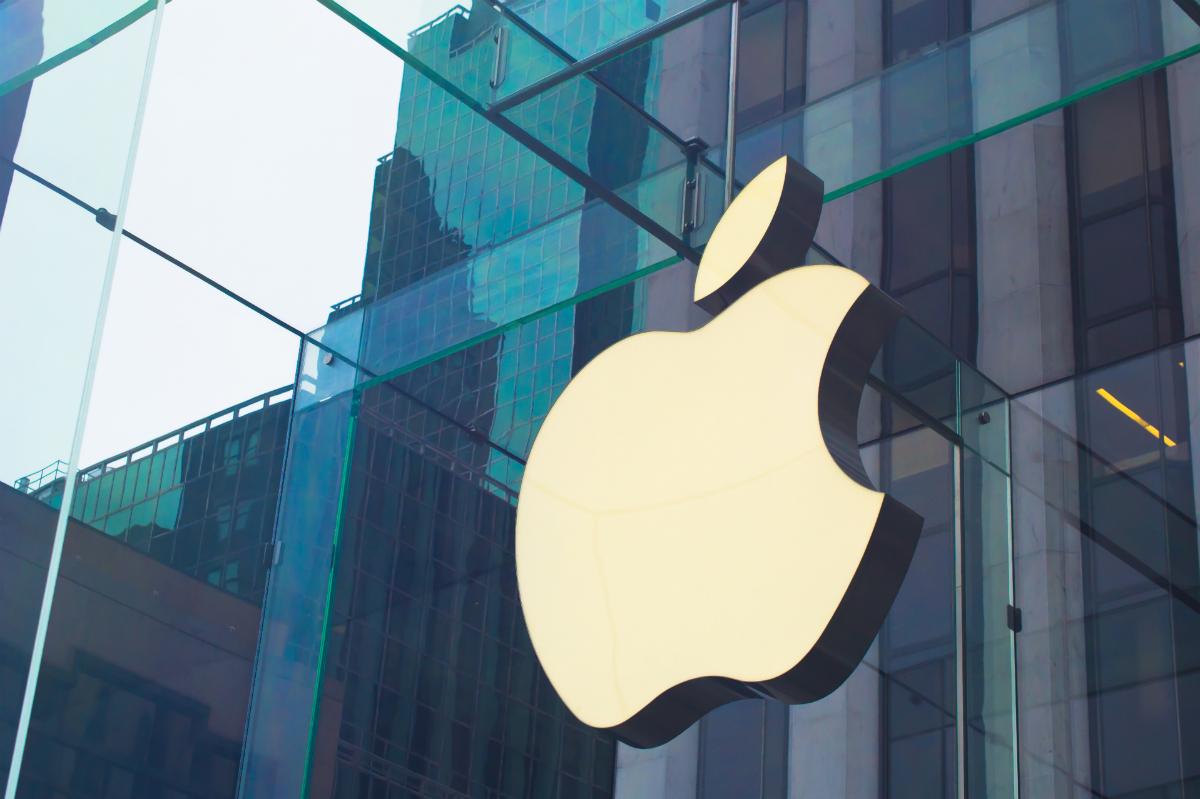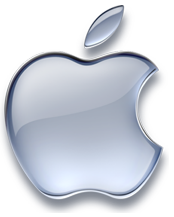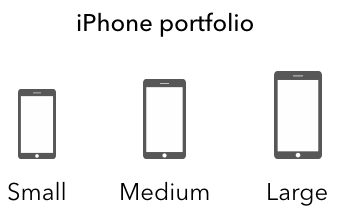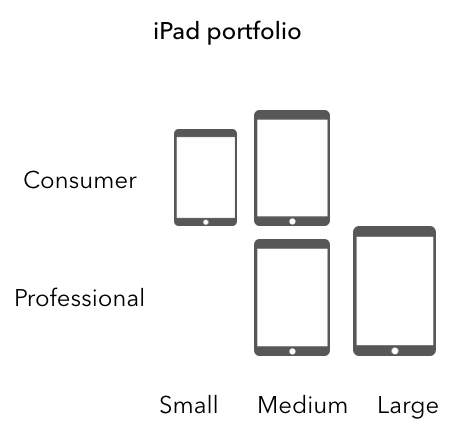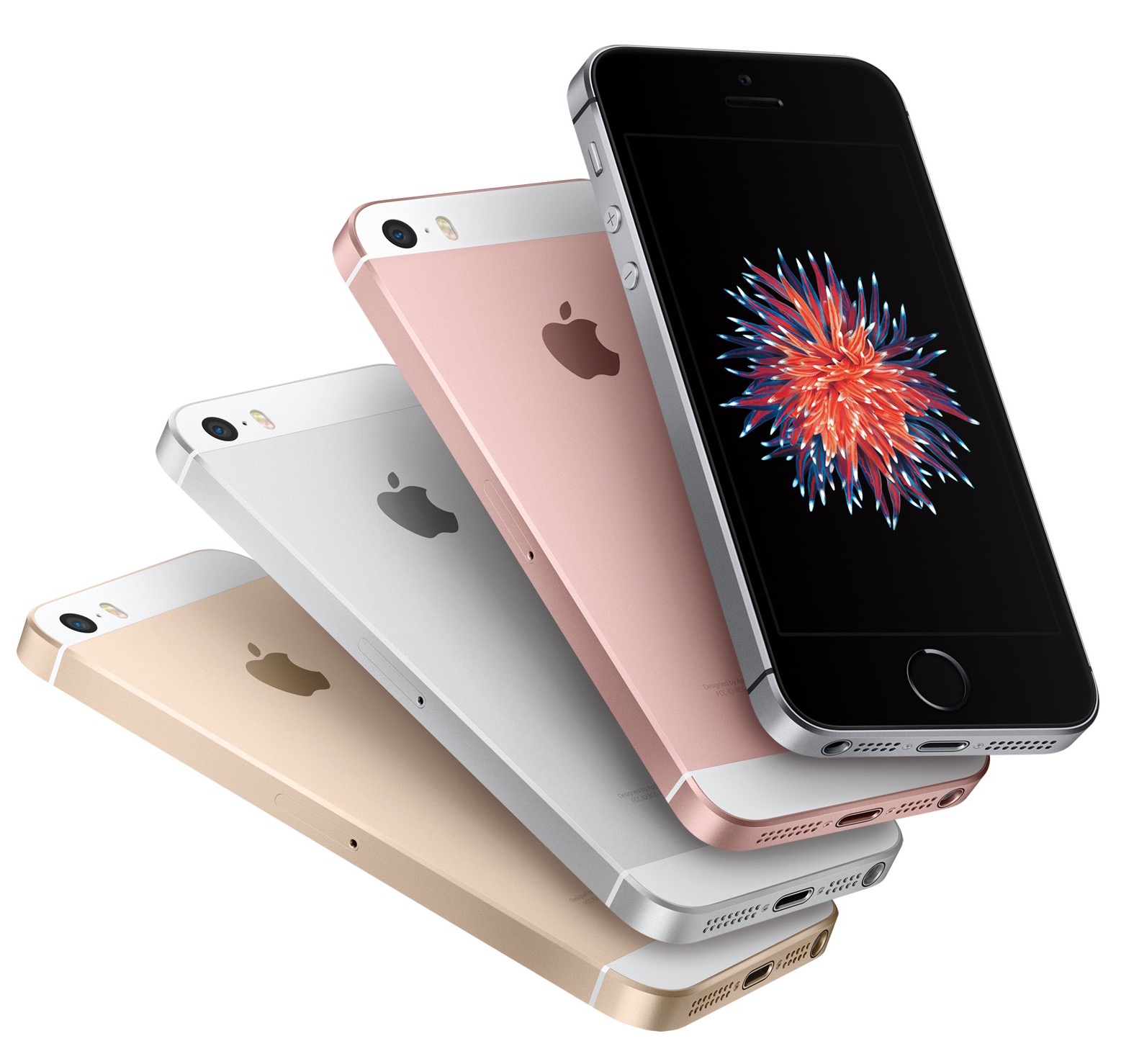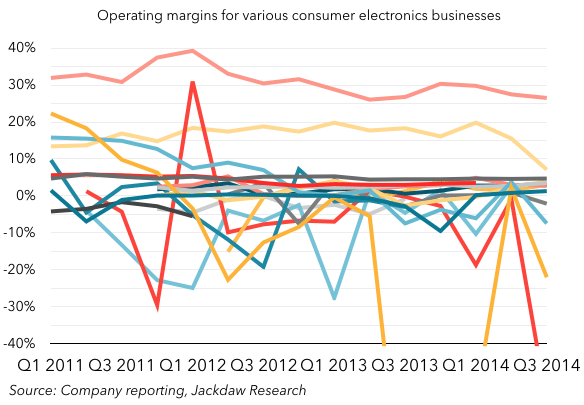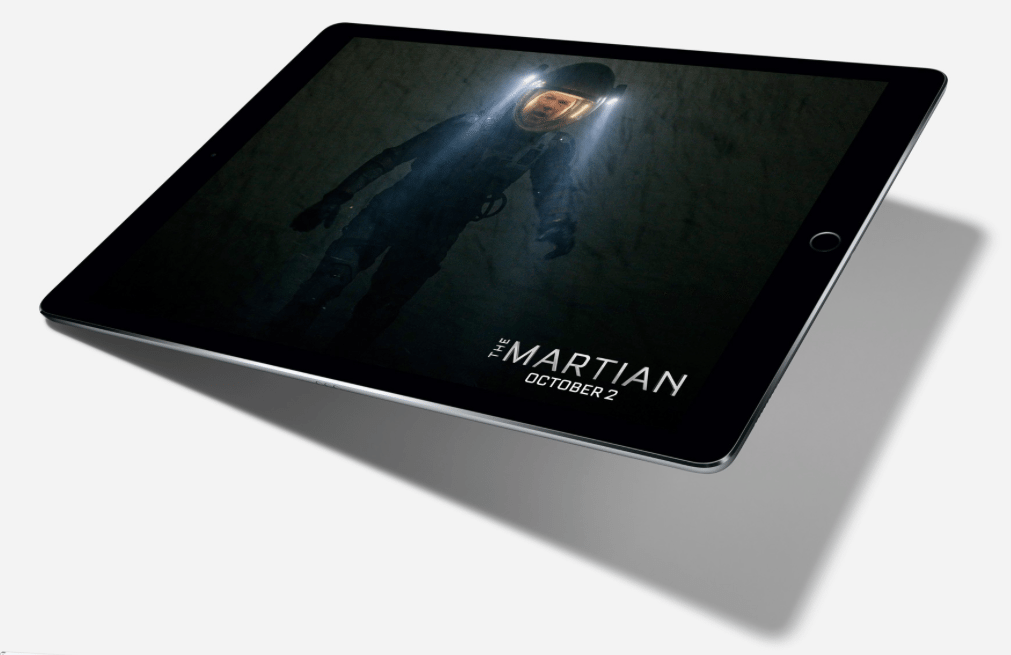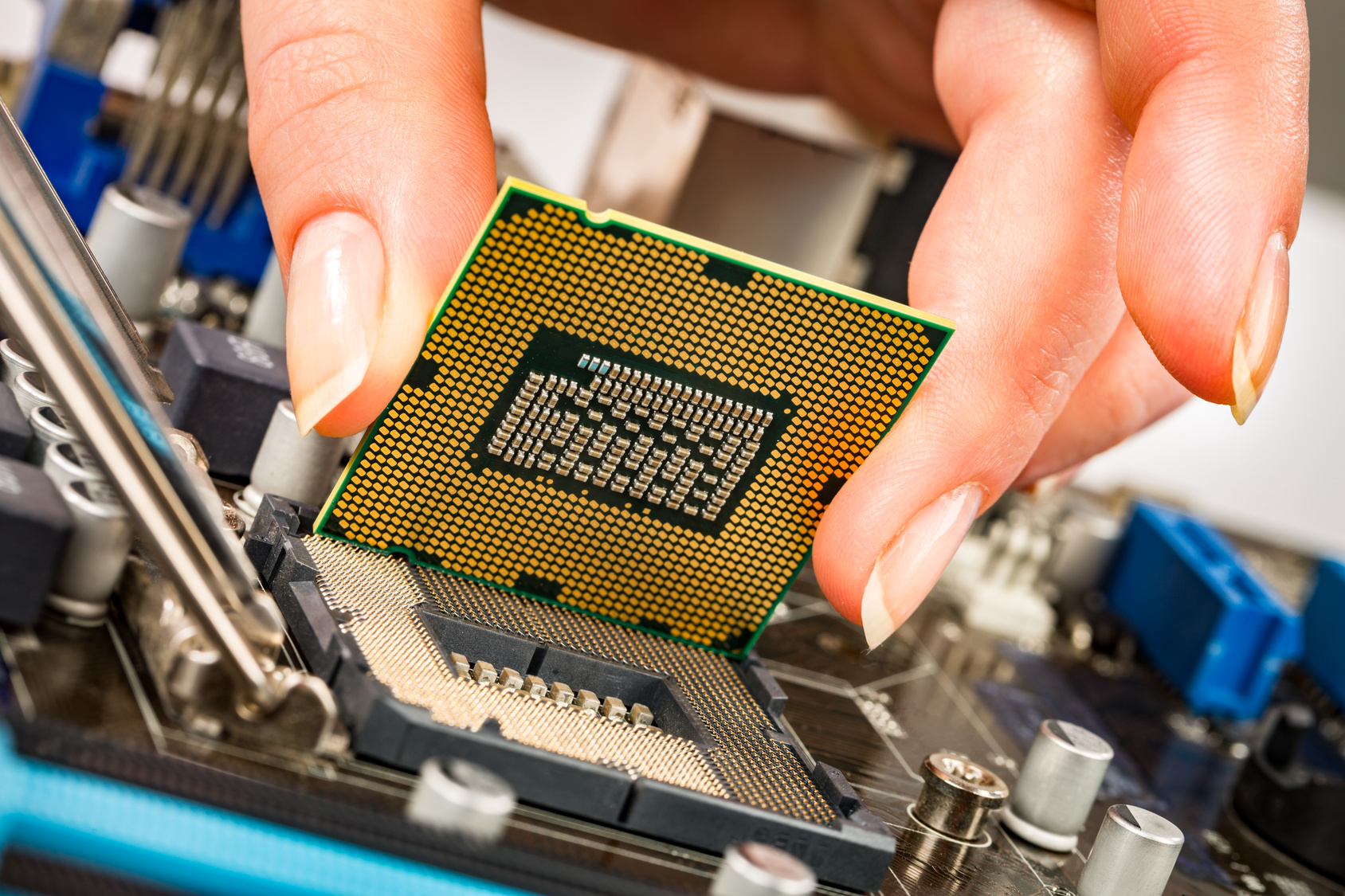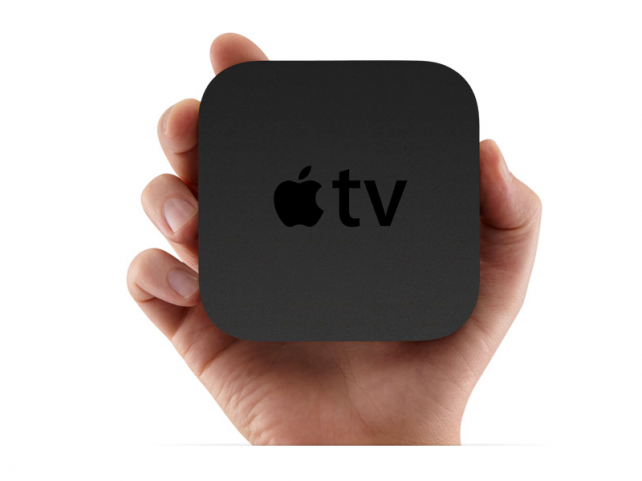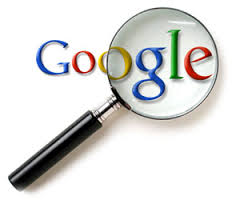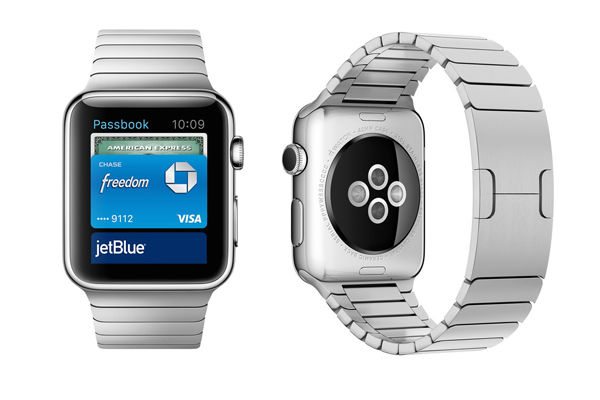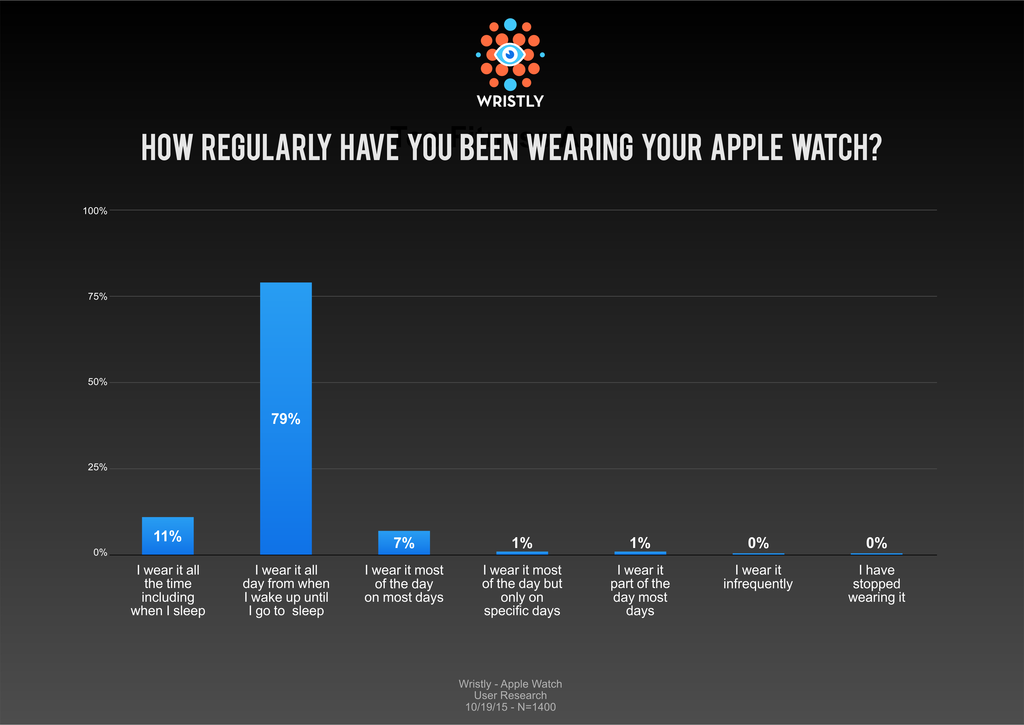ARTICLE OUTLINE
This is part 7 of 7 in a series of articles that explores Innovation at Apple.
1. Who is Apple innovating for?
2. Where should Apple’s innovation be focused?
3. How does Apple innovate?
4. When should Apple introduce its innovations?
5. What does innovation inside of Apple look like to someone outside of Apple?
6. Why does Apple do what it does?
7. Why not be Apple?
Why Not
Why Not Be Apple?
Critics of Apple remind me of a joke:
A shepherd is herding his flock in a remote pasture when suddenly a brand new Tesla advances out of a dust cloud towards him. The driver, a young professional in a Hugo Boss suit, Gucci shoes, Ray Ban sunglasses and a YSL tie leans out of the window and says, ‘Tell you what, I’ll bet you $100 against one of your sheep that I can tell you the exact number in that flock.’
The shepherd thinks for a moment. It is a big mob and he can’t see how anyone could guess correctly so he says, ‘OK. You’re on.’
The newcomer parks the car, whips out his laptop, connects it to a mobile phone, surfs to a NASA page on the internet where he calls up a GPS satellite navigation system, scans the area, opens up a database and 60 Excel spreadsheets with complex formulas. Finally he prints out a 150 page report on his hi-tech miniaturized printer, turns to the shepherd and says, ‘You have here exactly 1586 sheep.’
The shepherd nods his head and says, ‘That is correct. A bet’s a bet. Take any sheep.’
The man picks up an animal and is about to walk off when the shepherd says, ‘Hang on. Bet you double or nothing that I can guess your occupation.’
The man thinks, ‘How would he know, he’s never met me before’ and says ‘Righto. You’re on’.
The shepherd says, ‘You’re a Wall Street analyst who specializes in critiquing Apple.’
The man whistles . ‘How the heck did you know that?’
‘Easy,’ answers the shepherd. ‘You turn up here although nobody invited you, you want to be compensated for an answer to a question no one asked you, you provided information that was already known…and that’s not the half of it.’
The newcomer is slack-jawed. ‘What’s the other half?’
‘Well,’ says the shepherd, ‘you put my dog down and I’ll tell you.’
That’s Apple’s critics for you. They have all the facts. They’ve crunched all the numbers. They’ve done all the analysis. But they really don’t understand the business that Apple is in.
ADVICE
That’s the way with (critics), they’re always biting the hand that lays the golden egg. ~ Samuel Goldwyn
At the end of the day, the critics’ advice to Apple comes down to this:
The only way for Apple to be successful in the future is to abandon what made them successful in the past and to adopt, instead, the practices of their less successful competitors.
In other words, “Don’t be Apple.”
Why would Apple even consider taking such dreadful advice?
No vice is so bad as advice. ~ Marie Dressler
The advice the critics are giving is not new. Critics have been giving Apple the same bad advice ever since Apple was incorporated on April 1, 1976. (Perhaps the critics think Apple is an elaborate April fools joke.)
It’s like déjà vu all over again. ~ Yogi Berra
It’s not helpful. Instead of looking for viable solutions, most critics are simply looking for trouble, finding it where it does not exist, diagnosing it incorrectly and applying the wrong remedy. (( Politics is the art of looking for trouble, finding it whether it exists or not, diagnosing it incorrectly, and applying the wrong remedy. ~ Ernest Benn))
Things are never so bad they can’t be made worse. ~ Humphrey Bogart
It’s not informed. The people who know the least about Apple’s past are the one’s who insist they know the most about Apple’s future.
The further back you look, the further forward you can see. ~ Winston Churchill
It’s ignorant. Those who understand innovation the least are the ones who are the least understanding.
Fascinating how “I don’t know what Apple is doing” comes out of people’s mouths as “Apple doesn’t know what it is doing.” ~ Ben Thompson (@benthompson)
It’s superficial. It focuses on the what can been seen, ignores the unseen, and trivializes what takes place behind the scenes.
The fight is won or lost far away from witnesses – behind the lines, in the gym, and out there on the road, long before I dance under those lights. ~ Muhammad Ali
It’s arrogant.
Listening to critics tell Apple how to innovate is like listening to vulture tell a fish how to swim.
It’s wrong-headed.
Most of the “advice” people have been giving Tim Cook today on how to run Apple would eventually bankrupt the company. ~ Neil Cybart on Twitter
And it’s not coming from a good place.
Mediocre minds usually dismiss anything which reaches beyond their own understanding. ~ Francois de La Rochefouca
MY ADVICE
My advice to Apple is to not take any advice. But if they’re foolish enough to listen to me, here is what I would say:
Relax. Take a deep breath. This too shall pass.
In times like these, it helps to recall that there have always been times like these. ~ Paul Harvey
You can’t please everyone. Nor should you try.
You can’t base your life on other people’s expectations. ~ Stevie Wonder
You’re going to be criticized no matter what you do.
Do what you feel in your heart to be right for you’ll be criticized anyway. ~ Eleanor Roosevelt
Ignore the short-term investors.
Successful investing is about having people agree with you … later. ~ James Grant
Ignore the doomsayers.
Never tell me the odds. ~ Han Solo, Star Wars
Don’t let the critics tell you what you can do.
McCabe’s Law: Nobody has to do anything. ~ Charles McCabe
I owe my success to having listened respectfully to the very best advice, and then going away and doing the exact opposite. ~ G. K. Chesterton
Don’t let the critics tell you what you can’t do.
The greatest pleasure in life is doing what people say you cannot do. ~ Walter Bagehot
Don’t listen to people who say it can’t be done. ~ Steve Jobs
Don’t let the critics tell you who you are.
Accept no one’s definition of your life; define yourself. ~ Harvey Fierstein
I don’t have to be what you want me to be. ~ Muhammad Ali
Go your own way.
The wisest men follow their own direction. ~ Euripides
Do what you do best.
Let each man pass his days in that wherein his skill is greatest. ~ Sextus Propertius
Do what you love.
I’d rather be a failure at something I love than a success at something I hate. ~ George Burns
Be who you are.
Whatever you are, be a good one. —Abraham Lincoln
I think you have to be what you are. Don’t try to be somebody else. You have to be yourself at all times. ~ John Wooden
Be Apple.
Dare to be yourself. ~ Andre Gide
And Apple, if you’re misunderstood, so what?
To be great is to be misunderstood. ~ Emerson
Innovation always has been — and always will be — misunderstood.
The trouble with innovation is that truly innovative ideas often look like bad ideas at the time. That’s why they are innovative — until now, nobody ever figured out that they were good ideas. ~ Ben Horiwitz
When you innovate, you must prepare yourself for everybody to tell you that you’re nuts. ~ Larry Ellison, CEO of Oracle
We are willing to think long-term. We start with the customer and work backwards. And, very importantly, we are willing to be misunderstood for long periods of time [emphasis added]. ~ Jeff Bezos, founder & CEO, Amazon.com
Invention requires a long-term willingness to be misunderstood. You do something that you genuinely believe in, that you have conviction about, but for a long period of time, well-meaning people may criticize that effort. When you receive criticism from well-meaning people, it pays to ask, ‘Are they right?’ And if they are, you need to adapt what they’re doing. If they’re not right, if you really have conviction that they’re not right, you need to have that long-term willingness to be misunderstood. It’s a key part of invention. ~ Jeff Bezos
And if people are saying you’re crazy, well, maybe that’s not such a bad thing.
If no one is telling you your idea is crazy, it’s probably not a very good idea. ~ Francis Ford Coppola
THINK DIFFERENT
In 1997, just six weeks after Steve Jobs returned to Apple, he announced the “Think Different” campaign. Here is a bit of the story behind the creation of the campaign:
Steve and I walked down the hall and on the door was this skull and crossbones taped on there. It was Chiat\Day. Lee Clow [the agency’s chief creative officer] gave this amazing performance about just how screwed up Apple was and how people felt ashamed that they were Mac people, and that they shouldn’t be. Then he just started showing pictures of people who did things different. Steve had tears in his eyes. There was no discussion about should it be “Think differently,” because Steve loved it. It was like the old band members were coming back together. ~ Tom Suiter ((Excerpt From: Max Chafkin. “Design Crazy.” iBooks. https://itunes.apple.com/WebObjects/MZStore.woa/wa/viewBook?id=697961602))
Here is Steve Jobs introducing the Think Different campaign:
The theme of this campaign is Think Different, honoring the people who think different and who move this world forward. And it is what we are about; it touches the soul of this company.
Here is The Crazy Ones transcript:
Here’s to the crazy ones. The misfits. The rebels. The troublemakers. The round pegs in the square holes. The ones who see things differently. They’re not fond of rules and they have no respect for the status quo. You can quote them, disagree with them, glorify or vilify them. About the only thing you can’t do is ignore them. Because they change things. They push the human race forward. While some may see them as the crazy ones, we see genius. Because the people who are crazy enough to think they can change the world, are the ones who do. ~ Steve Jobs, October 5, 2011
Here is The Crazy Ones campaign video. I HIGHLY recommend you set aside sixty seconds to watch it. It’s well worth the time.
https://www.youtube.com/watch?v=TM8GiNGcXuM
